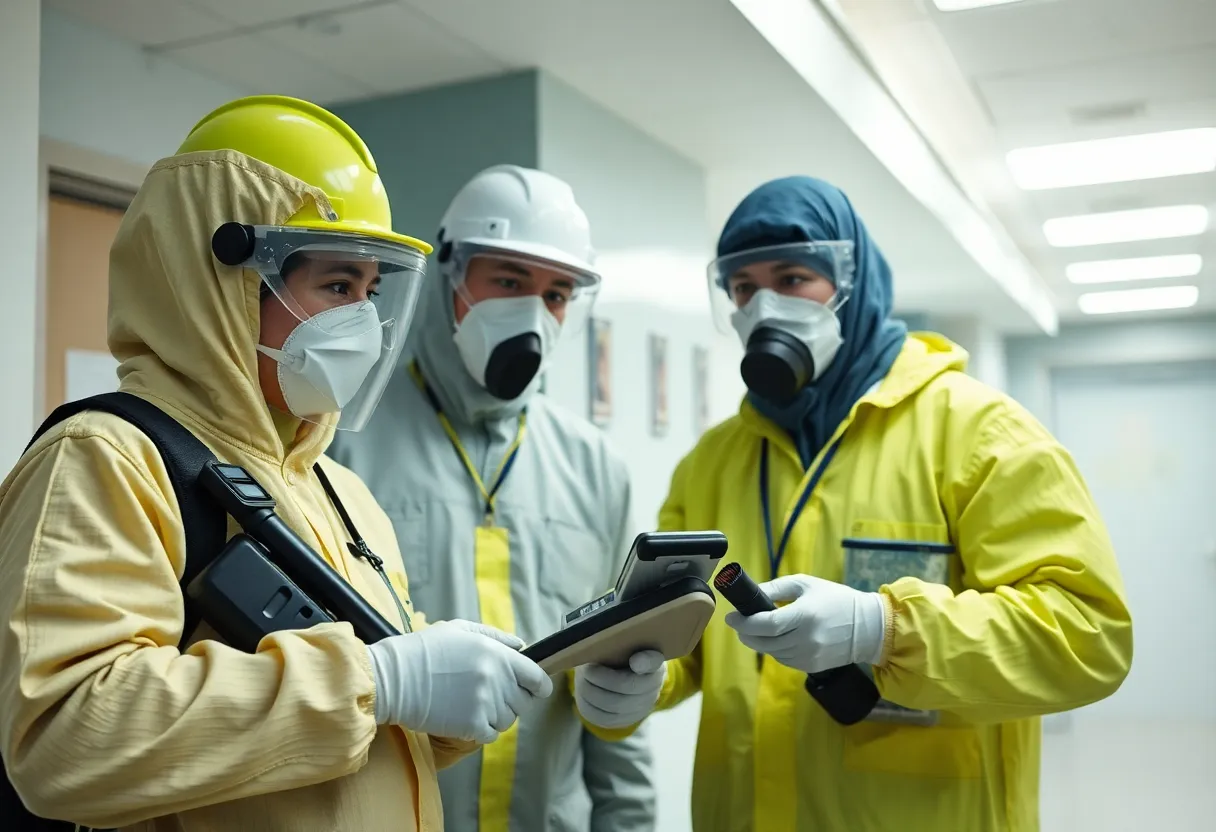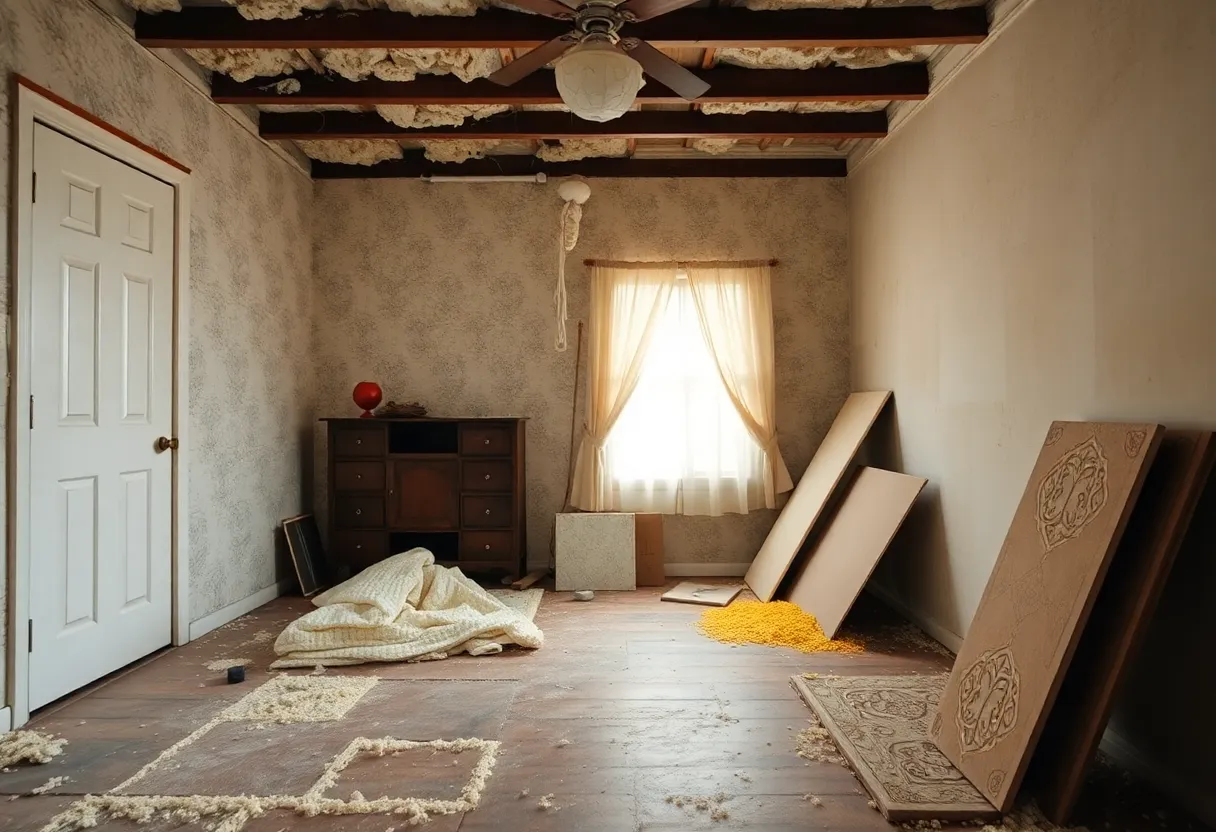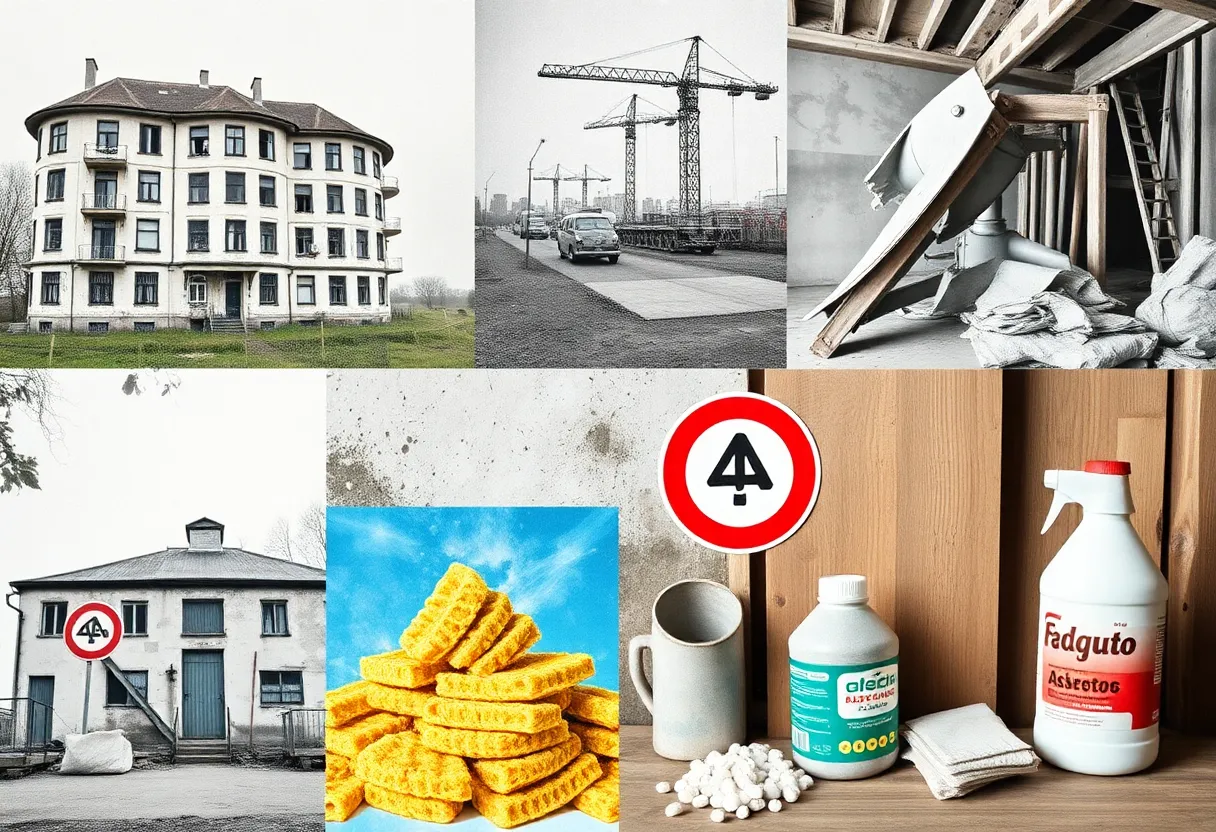News Summary
Health PEI initiates tender for asbestos remediation at Kings County Memorial Hospital, highlighting past hazards and future safety measures.
Asbestos Dangers Resurface at Kings County Memorial Hospital
In a significant move against asbestos exposure, Health PEI and the Province’s Transportation and Infrastructure Department have issued a tender for essential remediation work at the Kings County Memorial Hospital in Montague. This hospital, built in 1971, stands as a relic of a time before stringent asbestos regulations were implemented. Now, as society grapples with the legacies of its past, this decision symbolizes a pivotal step in safeguarding the health of both the hospital’s staff and its patients.
The Issue at Hand
The tender aims specifically to address asbestos presence within the hospital, part of a more extensive initiative to manage and remove hazardous materials responsibly. Health PEI has reassured the public that there is currently no risk to individuals in the building since asbestos poses a threat only when disturbed.
Once awarded, this project is expected to span approximately 10 weeks, during which experts will ensure that any hazardous materials are dealt with safely. The significance of this initiative lies not only in the immediate health concerns but also in setting a precedent for future renovations and constructions across healthcare facilities.
A Historical Perspective
The hospital’s history ties back to a time when asbestos was hailed as a miracle insulation material. Unfortunately, this seemingly harmless trait concealed the reality of its deadly potential, a fact that emerged as early as 1900. Over a century ago, the first known health risks associated with asbestos were documented, revealing its tragic implications for workers in the industry.
Asbestos was widely used until banned in the 1990s, a late reaction to the years of suppression and downplaying of its associated hazards by the industry. Even today, the lingering effects of its use haunt many buildings, highlighting the necessity for ongoing vigilance and action against asbestos.
The Rise of Mineral Wool
With the decline of asbestos usage in construction, mineral wool emerged as a popular substitute. Commonly recognized by its various names, including stone wool, glass wool, and Rockwool, mineral wool has become, in many ways, the go-to material for insulation and construction projects. However, despite its widespread acceptance, recent studies have reignited concerns regarding its safety.
Amid rising evidence, experts ponder whether the health risks linked with mineral wool may share similarities with those attributed to asbestos. Reports indicate that while the mineral wool industry claimed a breakthrough in product safety, suspicions remain about the true nature of its composition. In fact, calls for rigorous testing from regulatory authorities, such as the European Chemicals Agency, have become more prevalent, emphasizing the need for transparency.
A Cautionary Tale of Delayed Action
As we look back at the century-long battle against asbestos, it raises a pressing question about society’s response time—will the same precedent repeat regarding mineral wool? The alterations made in mineral wool’s composition and subsequent declassification as carcinogenic in 2002 may not be sufficient to erase the mounting evidence about its potential dangers, echoing the long-fought struggle against asbestos.
The Path Forward
To protect workers and homeowners alike, experts are advocating for the introduction of face masks during handling and mandatory labeling on products to inform users of possible health dilemmas. As attention shifts to stringent measures and retesting, the spotlight is on construction practices that must evolve in alignment with these changing safety standards.
As the tender for the Kings County Memorial Hospital reveals a commitment to tackling past oversights, it serves as a crucial reminder that vigilance and swift action are necessary to protect public health—especially as we tread into the next chapter of mineral wool’s evolving history.
Deeper Dive: News & Info About This Topic
HERE Resources
Service King of St. George Launches 24/7 Emergency Restoration Services
Uncovering a Legacy of Death: The Asbestos Story
Asbestos Scare at Cayuga County Office Building: New Tests Reveal Contamination
Wheeling Initiates Asbestos Abatement in Historic School
Breakthrough Research on Malignant Pleural Mesothelioma and Asbestos
Asbestos Scandal Unveils Hidden Hazards in Cayuga County Office Building
The Dangerous Legacy of Asbestos in Arizona’s Gila Valley
Philadelphia School District Faces Heavy Scrutiny Over Asbestos Management Practices
London’s Asbestos Crisis: A Call for Comprehensive Action
Federal Probe into Asbestos in Schools Raises Concerns



















